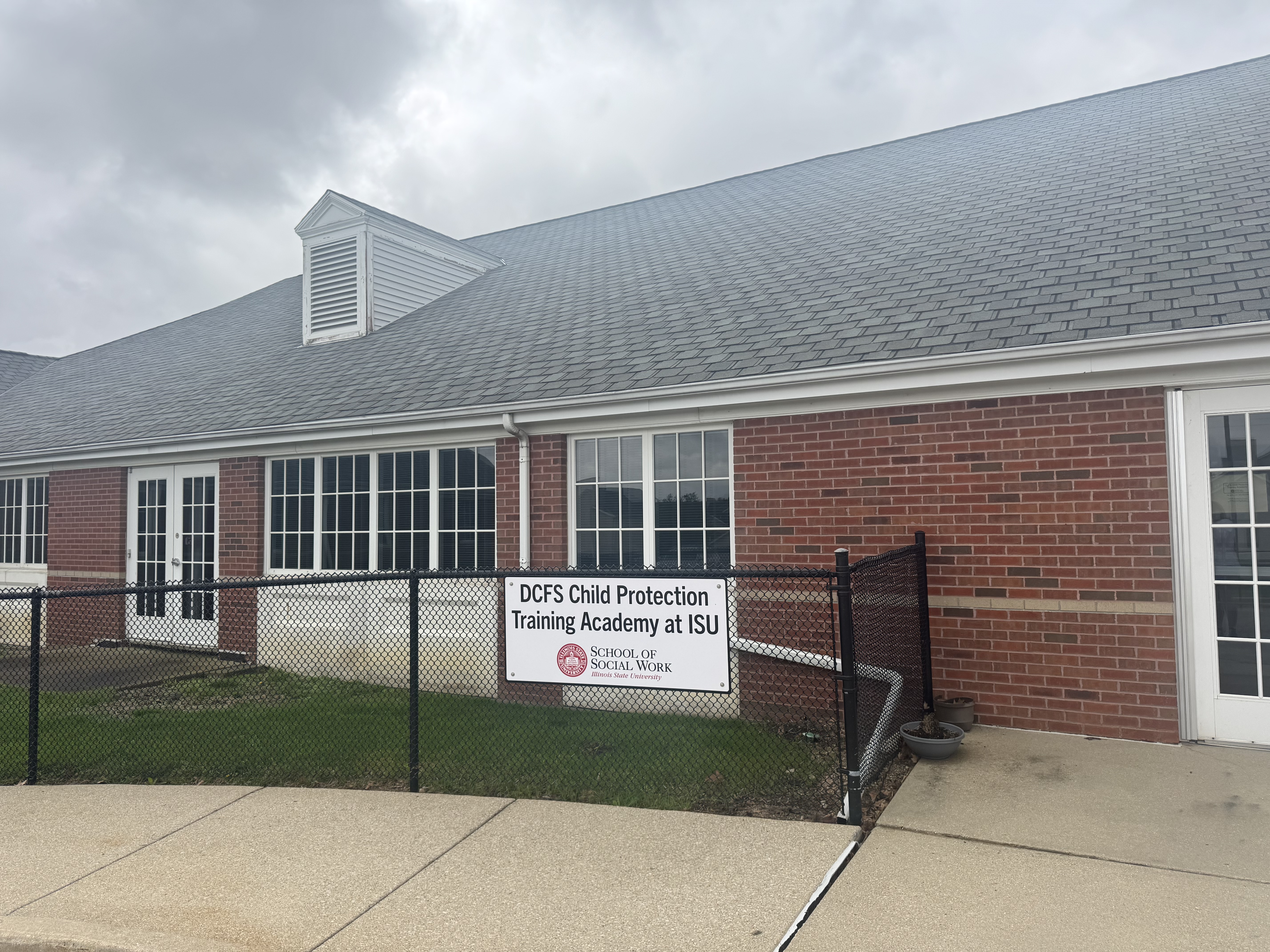Local Doctor Explains Face Masks’ Effectiveness
Written by WZND Newsroom on September 29, 2020
Photo courtesy to OSF Healthcare
NORMAL, Ill.- Despite doctors and scientists encouraging people everywhere to wear masks in order to stop the spread of COVID-19, it has become a somewhat controversial topic.
Since the beginning of the pandemic, there have been many different variations of face coverings used as masks. There are cloth masks, disposable masks, bandanas, neck gaiters, plastic face shields and the disposable N-95 masks used mainly by doctors.
According to Dr. Paul E. Pedersen MD of OSF HealthCare, for those not working in healthcare, all cloth versions of face coverings do what they need to do.
“If you’re not in the hospital taking care of people, a mask is sufficient and appropriate to wear,” said Dr. Pedersen.
The plastic face shields are useful to doctors in order to protect their eyes from droplets of potential COVID-19 contamination. Dr. Pedersen explains the function of your mask is not to protect yourself, like the N-95 masks would, but to protect others.
“Their function is to prevent the spread of what they’re exhaling either via cough, sneeze, breathing, singing, yelling, etc. Those face coverings aren’t protecting them,” said Dr. Pedersen. “They’re protecting us.”
The face N-95 masks filter 95 percent of the particles in the air that you breathe. Pedersen says if you did a “N” value on the masks that non-health care workers wear, it could be as low as 20 percent.
“Their function is not to filter that air. Their function is to prevent us, the wearer, from contaminating other people,” said Pedersen.

Lily Crossett coughs with mask on into petri dish to see just how contaminating her cough is. Photo courtesy to OSF Healthcare
If worn correctly, all masks are effective in that way.
While some people might think sneezing and coughing would force your saliva droplets to travel much further than singing or talking, Dr. Pedersen that is not the case.
“They travel about 6 feet as a maximum,” said Pedersen. “That’s where the six feet physical distancing comes from.”
While many people have complained of having a hard time breathing while wearing a face covering, Dr. Pedersen said most people should not be affected by them. There are people with underlying health conditions, and he suggests wearing a looser fitting face covering such as a bandana for those people.





